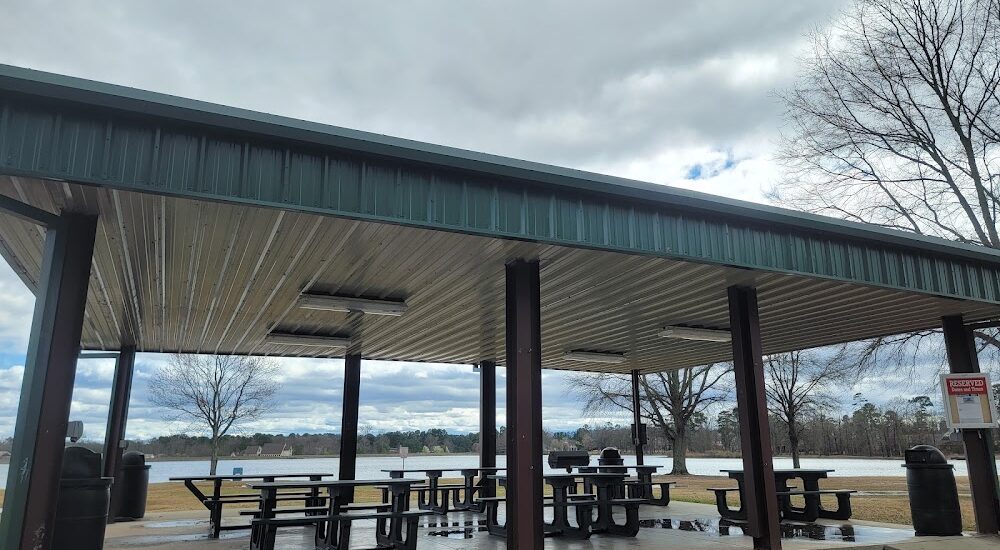Welcome to the Maumelle Bunker in Maumelle, Arkansas, a fascinating historical landmark that offers a glimpse into the past. The Maumelle Bunker is part of a series of bunkers built during World War II when the United States was rapidly mobilizing resources for the war effort. This specific bunker was one of the 21 constructed in the area for the storage of picric acid, which was used in munitions production. While many of these bunkers no longer exist, the Maumelle Bunker stands as a testament to the region’s critical role during a pivotal time in history.
The story of Maumelle dates back much further than the 20th century. Originally inhabited by the Osage Native Americans, the area was later explored by Europeans, including the Spanish explorer Hernando De Soto. The location became more settled in the early 19th century with the arrival of settlers like Jacob and James Pyeatt, who established the settlement of Pyeattstown. This community quickly became a hub of activity, featuring the first Protestant services in what would become the state of Arkansas.
General Edmund Hogan, an influential figure in the early 1800s, also called Maumelle home. Known for his service in the Missouri Territory’s militia, Hogan built a prominent residence and contributed to the area’s development, including serving as its first postmaster.
During World War II, the construction of the Maumelle Bunker and others like it was a response to the urgent need for secure storage of explosive materials. Today, this bunker is one of the few remaining structures from that era, providing a tangible connection to the past. It’s a reminder of the wartime efforts that extended far beyond the battlefields, reaching into towns like Maumelle that supported those on the front lines.
As you explore the area, consider the layers of history that have shaped Maumelle, from its indigenous roots to its role in global conflicts. Each story, each structure, like the Maumelle Bunker, adds a unique chapter to the rich tapestry of American history.






